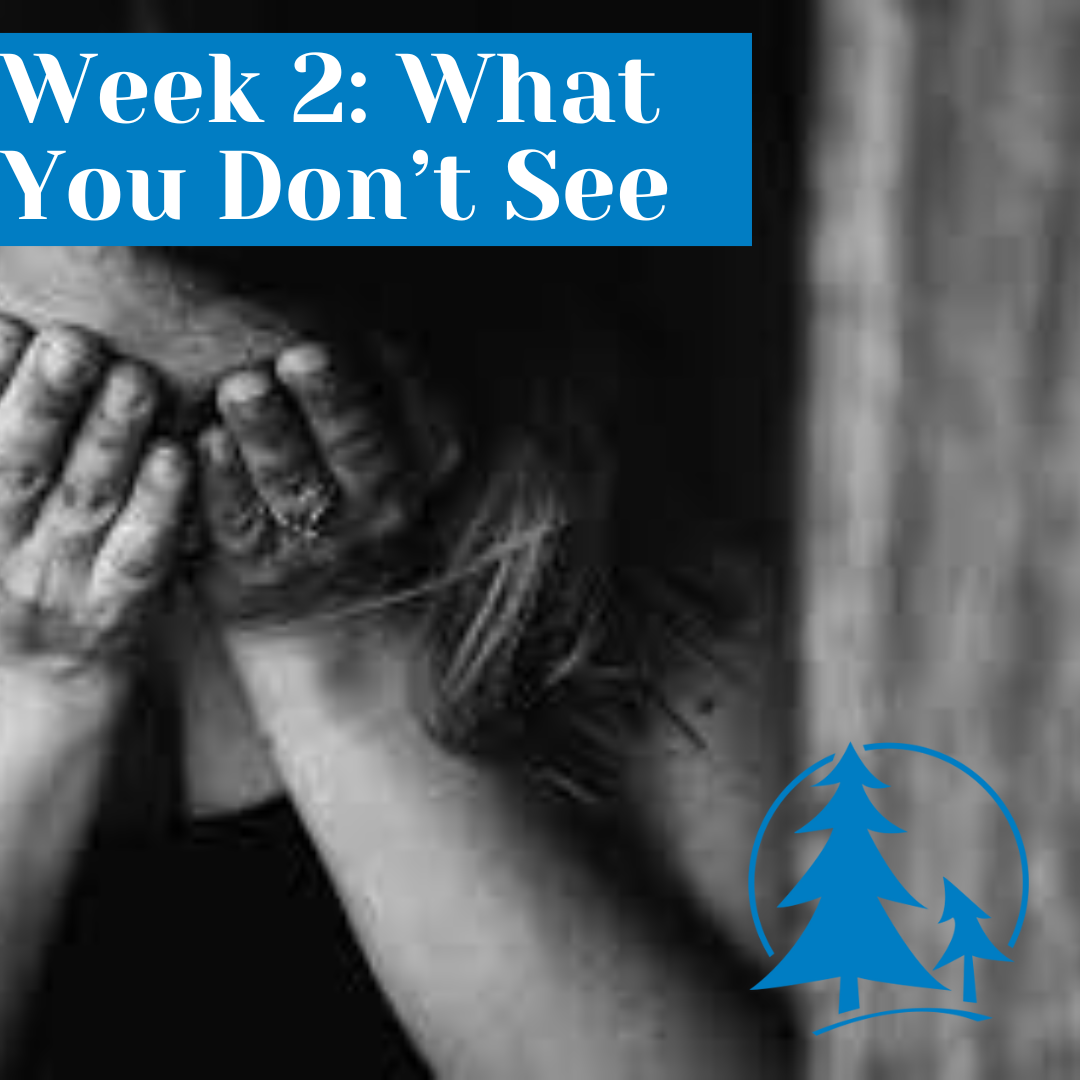What You Don’t See
One of the hardest parts of living with Crohn’s Disease is the pressure to explain that the symptoms are exhausting. I have to prove that I’m not exaggerating, lazy, or overreacting. Because on the outside, I might look fine. I might smile. I might show up to an event. But what people don’t see is everything it took to get there: the pain, the fatigue, the mental back-and-forth of whether I had enough energy for that one thing.
The exhaustion. The nausea. The pain that doesn’t show up in lab results. The days I push through when I really shouldn’t have.
There’s a strange in-between space you live in with a chronic illness like Crohn’s Disease. Some days you can function and others you can’t. When you're young, people expect you to bounce back quickly. You're "too young to be sick," right?
It’s hard when people only see the moments you’re doing okay and assume you must be better. Or when they assume you’re faking it when you have to cancel plans or ask for accommodations. It’s isolating, and it makes you second-guess yourself.
I’ve learned that being misunderstood doesn’t make my experience any less real. And I’ve also learned that sometimes, you have to be your own advocate—whether that’s with teachers, employers, doctors, or even friends.
But I’ve also found that the right people will make space for you. They’ll believe you. They’ll show up. They won’t need proof to offer compassion.
If you’ve ever felt dismissed or unseen because of an illness, please know that your pain is real, your experience matters, and you don’t have to prove anything to anyone.
It’s okay to rest without guilt. It’s okay to set boundaries. It’s okay to say “no” to things that don’t support your health.
And if you're a parent, teacher, or friend, believe someone when they say they're not okay, even if they look like they are. Your belief might be the thing that keeps them going.
Invisible illness can feel isolating, but you’re never alone. The Forrest Spence Fund is here to support not just what others can see but everything happening beneath the surface too.
Let’s keep showing up for each other, even when it’s hard to see what someone’s going through.
Resources:
https://www.thecenterforchronicillness.org/resources
https://my.clevelandclinic.org/health/articles/4062-chronic-illness
https://www.caringbridge.org/


